 Who here loves steak? If so, you’ve probably heard of wagyu—a type of beef often hailed as the “holy grail” for steak lovers. But did you know there’s another kind of beef that looks similar to wagyu but is far more affordable? Enter meltique. At first glance, they might appear the same, but they’re worlds apart. Let’s dive into the differences between wagyu and meltique, from their origins to why their prices differ significantly!
Who here loves steak? If so, you’ve probably heard of wagyu—a type of beef often hailed as the “holy grail” for steak lovers. But did you know there’s another kind of beef that looks similar to wagyu but is far more affordable? Enter meltique. At first glance, they might appear the same, but they’re worlds apart. Let’s dive into the differences between wagyu and meltique, from their origins to why their prices differ significantly!
Beef Nutritional Content per 100 Grams
Before we get into the differences between wagyu and meltique, let’s talk about the importance of consuming beef.
As we all know, beef is an excellent source of animal protein. In 100 grams of lean beef, you’ll find:
- 26 grams of protein: Essential for building muscles and repairing tissues.
- 250 calories: Provides energy for daily activities.
- 3.5 mg of iron: Helps prevent anemia.
- Vitamin B12: Supports brain health and the production of red blood cells.
- Zinc: Boosts the immune system.
Aside from being nutritious, beef is versatile in cooking. You can fry it into empal, steam it into gadon, or even prepare hearty dishes like oseng maranggi or spicy brongkos to whet your appetite.
For steak—a dish synonymous with beef—the type and quality of the meat play a vital role. That’s why premium beef like wagyu is often the go-to choice due to its exceptional texture and flavor.
Differences Between Wagyu and Meltique: Origins and Quality
 he The striking difference between wagyu and meltique beef is in its origin and quality. Wagyu comes from Japanese cattle breeds like the Japanese Black or Japanese Brown. Its hallmark is natural marbling, the fine streaks of fat that give the meat its buttery texture and rich flavor. The fat contains omega-3 and omega-6 fatty acids, which are beneficial for heart health.
he The striking difference between wagyu and meltique beef is in its origin and quality. Wagyu comes from Japanese cattle breeds like the Japanese Black or Japanese Brown. Its hallmark is natural marbling, the fine streaks of fat that give the meat its buttery texture and rich flavor. The fat contains omega-3 and omega-6 fatty acids, which are beneficial for heart health.
Meltique, on the other hand, is an innovative product created by injecting beef with animal or vegetable fat to mimic wagyu’s marbling. While meltique’s texture is relatively tender and savory compared to regular beef, its marbling is artificial, so the eating experience isn’t as rich as wagyu.
Why Is Wagyu More Expensive?
 Wagyu production is costly because these cattle are raised with meticulous care. They’re fed a special diet, with some even given beer and massages! This process ensures a premium quality that justifies wagyu’s price tag, which can reach millions of Rupiah per kilogram.
Wagyu production is costly because these cattle are raised with meticulous care. They’re fed a special diet, with some even given beer and massages! This process ensures a premium quality that justifies wagyu’s price tag, which can reach millions of Rupiah per kilogram.
Conversely, meltique offers an economical alternative. Thanks to its injection technology, production costs are much lower. This makes meltique a practical choice for restaurants or consumers seeking a “premium” dining experience without breaking the bank.
Read More : What Is Meltique Beef? Discover This Affordable Alternative to Premium Beef!
So, Which Should You Choose?
If you’re looking for authentic flavors and don’t mind spending more, wagyu is the winner. However, if you’re on a budget or just need beef for everyday meals, meltique is a viable option. Both have their own markets; it all depends on your needs.
Cook Delicious Beef Dishes with FiberCreme!
Now that you understand the differences between wagyu and meltique, which one will you choose? Whether you’re making premium wagyu steak or trying out budget-friendly meltique, cook it right for maximum flavor.
Try adding FiberCreme to your sauces or marinades! With its creamy taste, high fiber content, low sugar, and zero cholesterol, FiberCreme makes your dishes both healthier and more delicious.
Explore new recipes and cooking inspirations with FiberCreme! Find more ideas at @FiberCreme_TV and Ellenka’s YouTube channel.

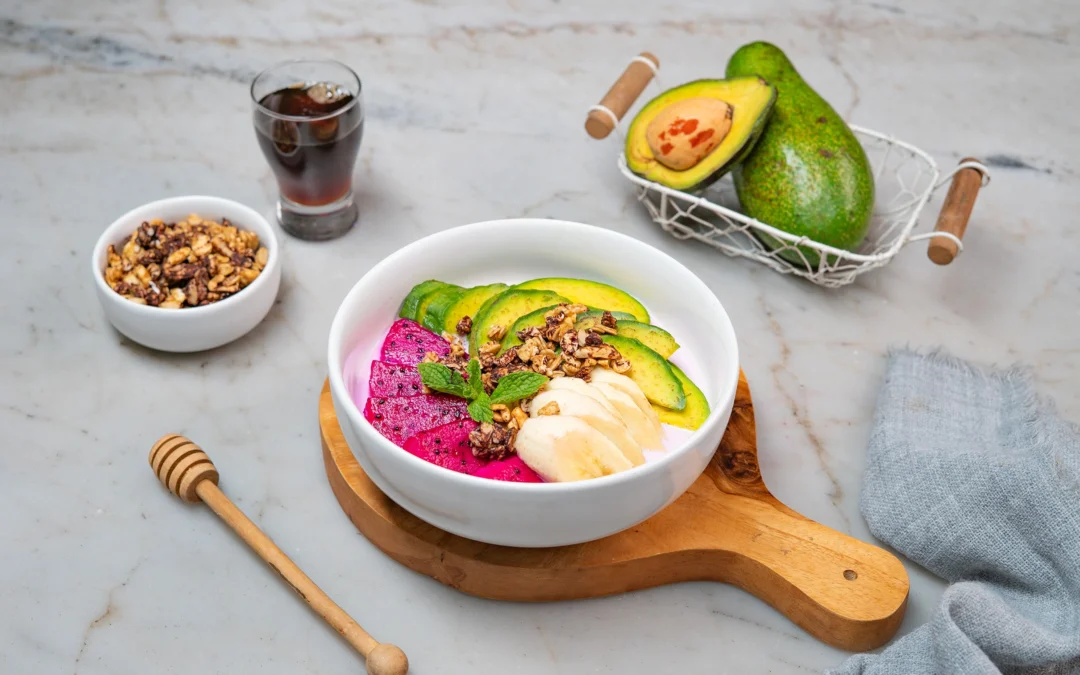
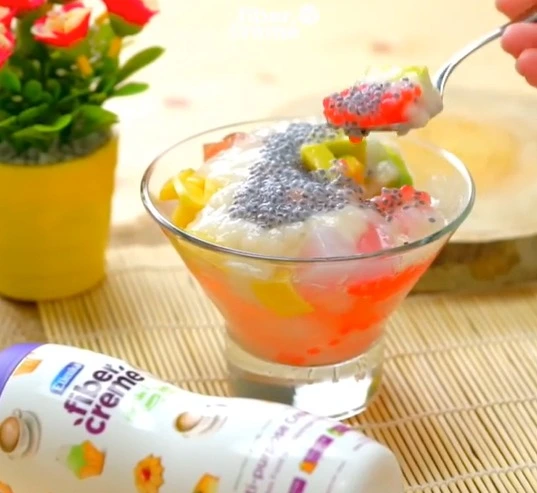
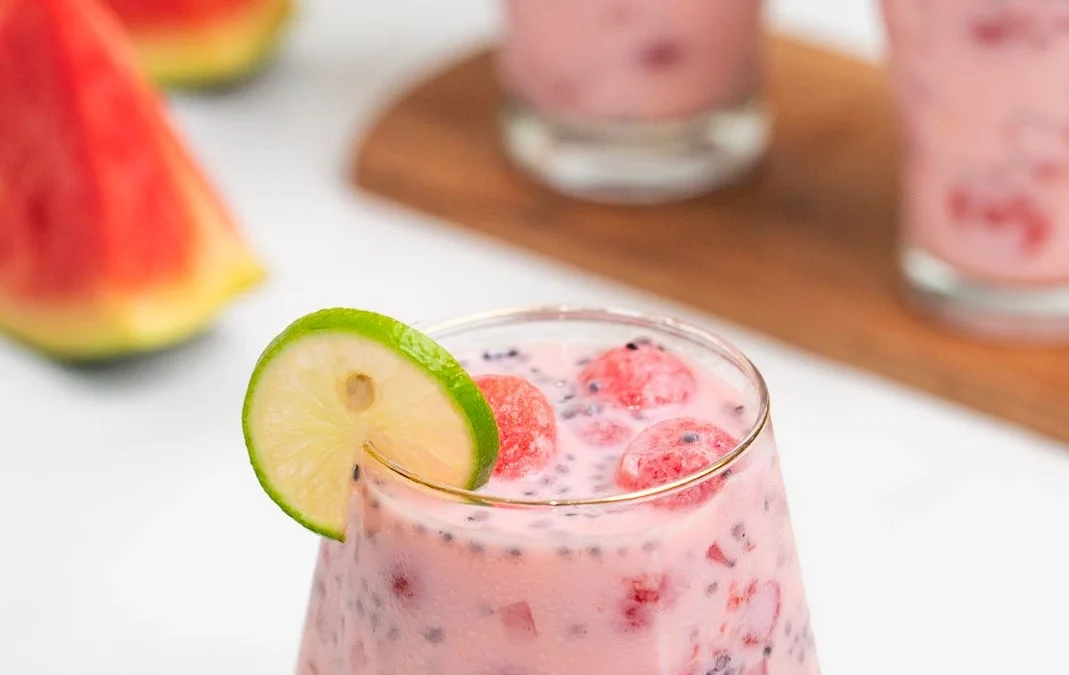
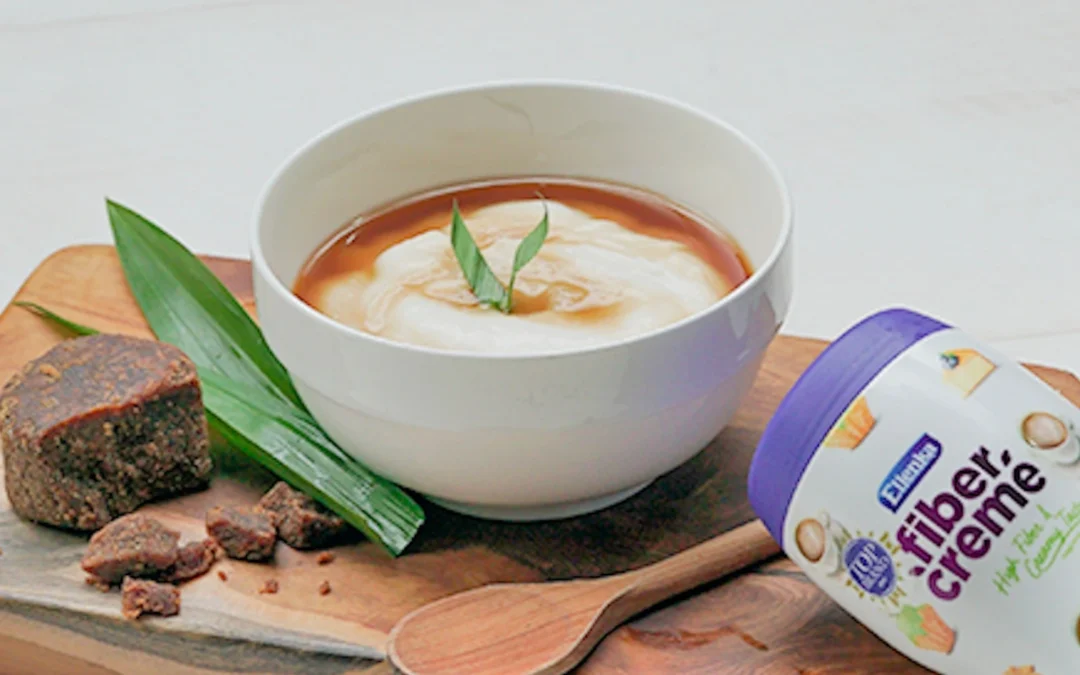
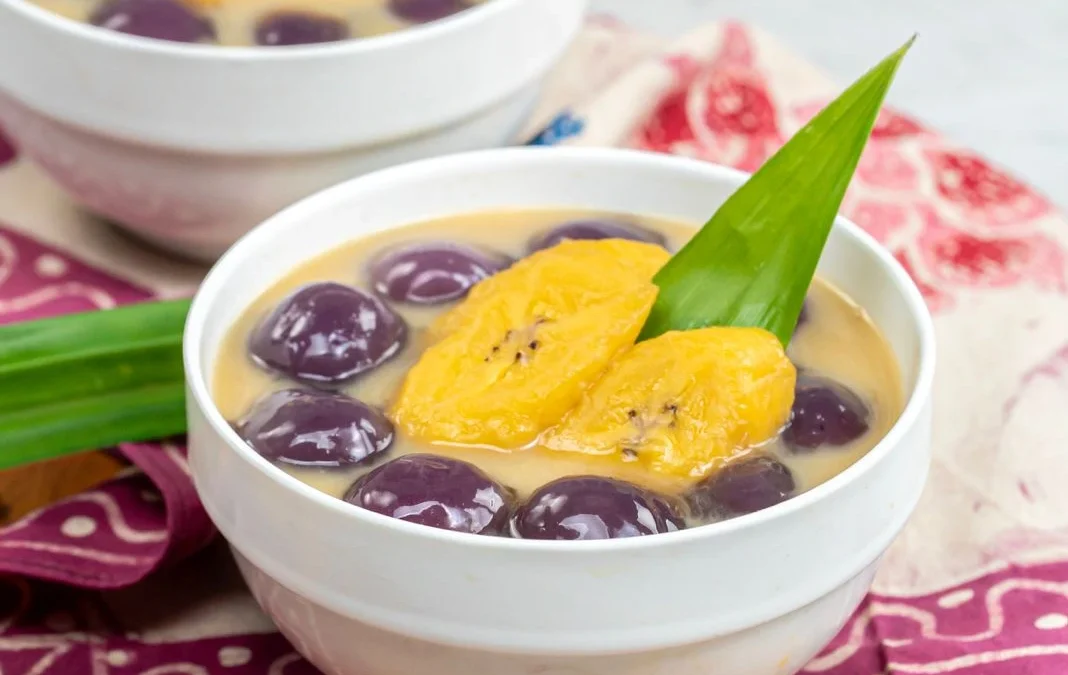
0 Comments